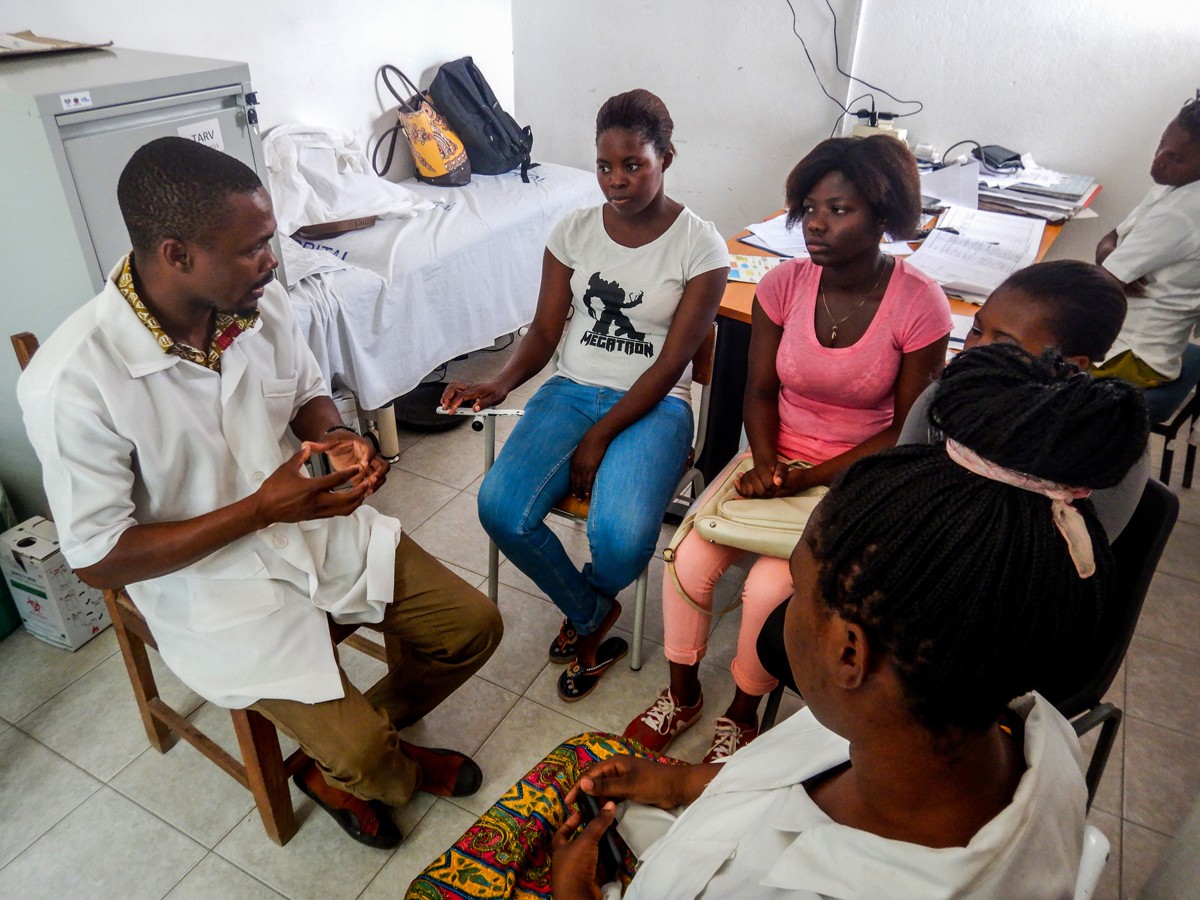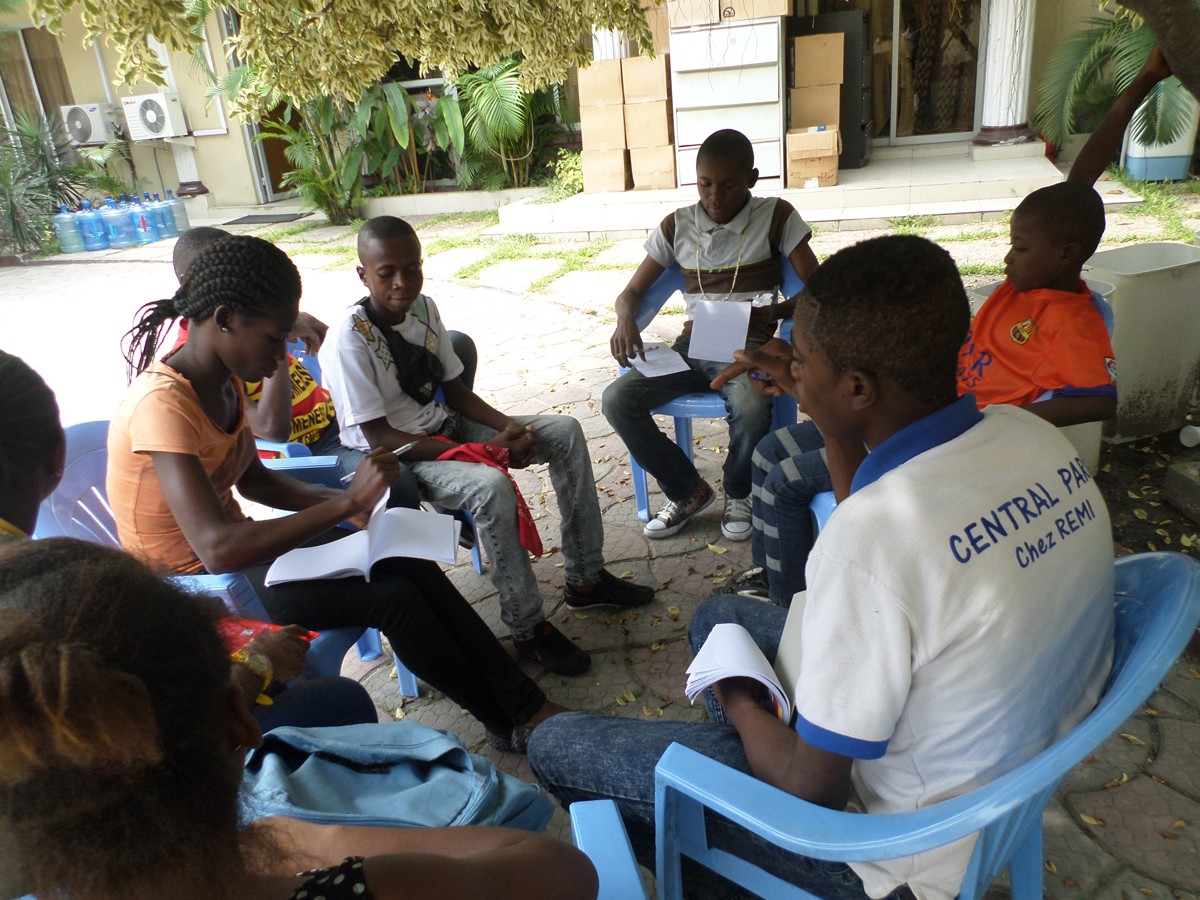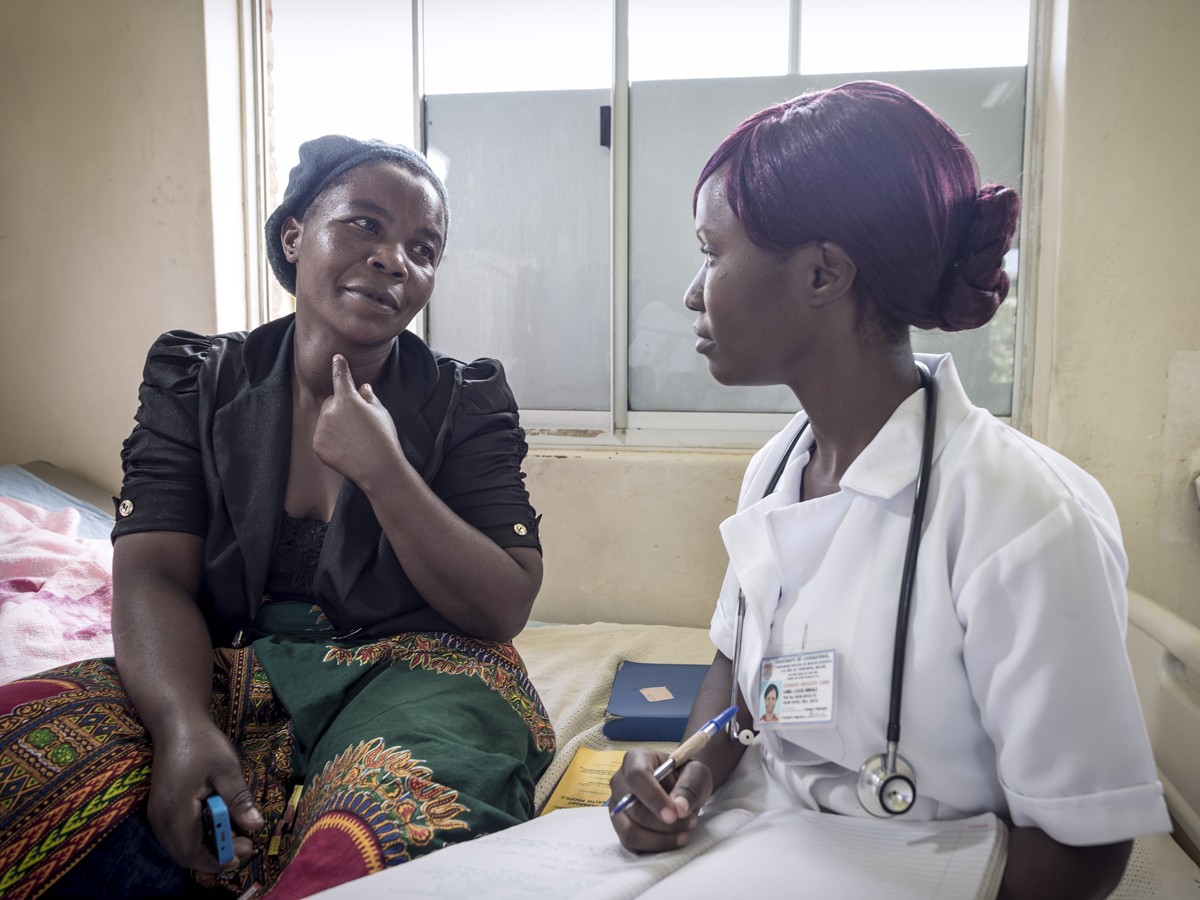Authors:
Chun HM, Lodiongo DK, Milligan K, Lesuk GJ, Patel D, Shiraishi RW, Martin D, Simon AK, Dirlikov E, Patel HK, Ellenberger D, Worku HA, Duong YT, Ekong RO, Katoro JS, Hussen SA, Lokore ML, Wani G, Bunga S.
Abstract:
Objectives: The burden of SARS-CoV-2 infection in people living with HIV (PLHIV) in South Sudan is unknown.
Methods: We conducted a cross-sectional seroprevalence survey of SARS-CoV-2 immunoglobulin (Ig) G antibodies and other diseases of public health importance (strongyloidiasis, toxoplasmosis) in PLHIV in South Sudan during April 1, 2020-April 30, 2022. We used a multiplex SARS-CoV-2 immunoassay to detect IgG antibodies targeting the SARS-CoV-2 spike, receptor binding domain, and nucelocapsid (N) proteins, and antigens for other pathogens (Strongyloides stercoralis and Toxoplasma gondii).
Results: Among 3518 samples tested, seroprevalence of IgG antibodies to SARS-CoV-2 spike protein and receptor binding domain 591 and nucleocapsid ranged from 1.4% (95% confidence interval [CI]: 0.9-2.1%) in April-June 2020 to 53.3% (95% CI: 49.5-57.1%) in January-March 2022. The prevalence of S. stercoralis IgG ranged between 27.3% (95% CI: 23.4-31.5%) in October-December 2021 and 47.2% (95% CI: 37.8-56.8%) in July-September 2021, and, for T. gondii IgG, prevalence ranged from 15.5% (95% CI: 13.3-17.9%) in April-June 2020 to 36.2% (95% CI: 27.4-46.2%) July-September 2021.
Conclusions: By early 2022, PLHIV in South Sudan had high rates of SARS-CoV-2 seropositivity. Surveillance of diseases of global health concern in PLHIV is crucial to estimate population-level exposure and inform public health responses.








